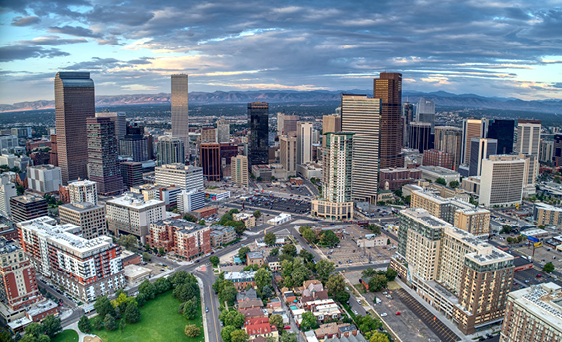 Denver, CO – August 20, 2025 – Cushman & Wakefield recently published a new market report analyzing Denver's office sublease activity for the first half of 2025, revealing encouraging signs of market stabilization with sublease availability declining 3.4% year-over-year.
Denver, CO – August 20, 2025 – Cushman & Wakefield recently published a new market report analyzing Denver's office sublease activity for the first half of 2025, revealing encouraging signs of market stabilization with sublease availability declining 3.4% year-over-year. “While sublease availability in Denver remains elevated, the market is showing early signs of stabilization with a gradual slowdown in new listings and a modest year-over-year decline in total sublease space,” said Cara Rasachak, Research Manager. “These trends indicate that occupiers are taking a measured approach to their real estate decisions amid ongoing uncertainty.”
By the end of the second quarter, nearly 5.1 million square feet (msf) was on the market for sublease, reflecting a 3.4% decline year-over-year. This figure includes both vacant and tenant-occupied space being marketed.
Approximately 1.6 msf remains tenant-occupied but is listed as "available in the future," signaling that occupiers are weighing the benefits of subleasing before making long-term decisions amid ongoing market uncertainty.
The pace of new sublease listings has gradually slowed or plateaued, a trend likely to persist through the remainder of 2025 as more listings either expire or are leased, gradually reducing overall sublease availability.
Subleasing activity totaled 391,328 square feet in new deals signed between January and June 2025, reflecting a 15.5% decline compared to the same period in 2024. The most significant sublease transaction of the first half was executed by the Colorado Department of Labor & Employment, which finalized a 131,400-sf lease at 707 17th Street, including 49,900 sf of sublease space.
By submarket, market dynamics showed notable variation. The Northwest submarket recorded a 19.2% increase in sublease availability year-over-year, while Boulder posted the largest decrease at 28.6%. The Central Business District, the largest contributor to total sublease inventory, saw availability tighten by 1.2% compared to 2024.